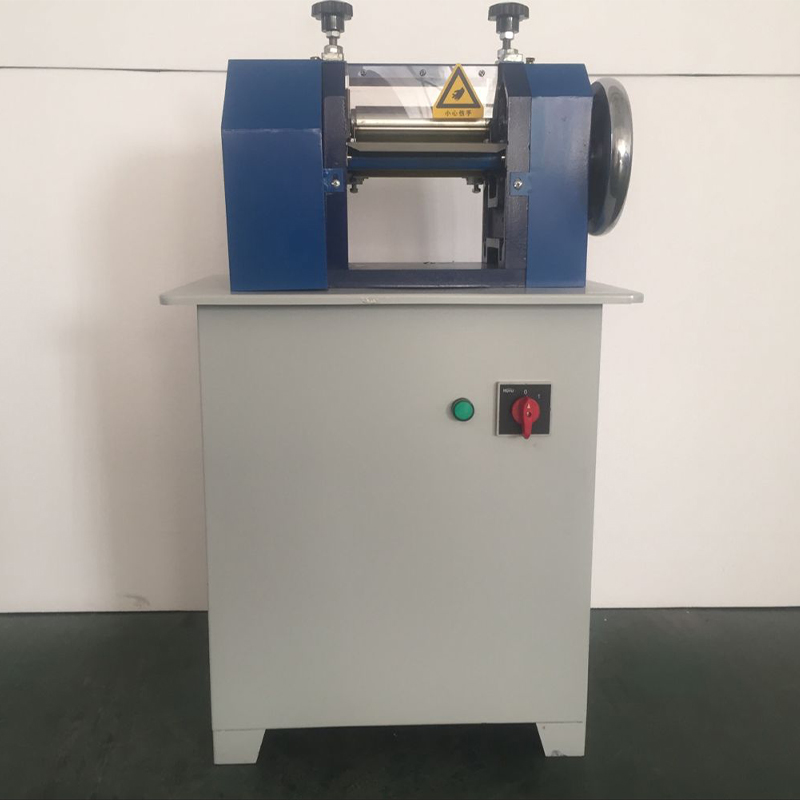resistivity tester
Understanding Resistivity Testers Tools for Measuring Electrical Resistance
In the realm of electrical engineering and material science, resistivity testers play a pivotal role in assessing the electrical properties of various materials. These devices measure resistivity, which indicates how strongly a material opposes the flow of electric current. The understanding and application of resistivity testing have profound implications in industries like construction, electronics, and even environmental science.
What is Resistivity?
Resistivity is a fundamental property of materials, defined as the resistance of a material with a specific geometry. It is influenced by various factors, including temperature, material composition, and impurities. The resistivity of a material is typically expressed in ohm-meters (Ω·m). Conductors, like metals, have low resistivity, while insulators, such as rubber or glass, exhibit high resistivity. Semi-conductors occupy the middle ground and have resistivity that can be modified by doping with other elements.
Understanding resistivity is crucial when selecting materials for specific applications. For example, wires for electrical applications need to have low resistivity to minimize energy losses, while insulators used in electrical devices must have high resistivity to prevent unintended current flow.
Importance of Resistivity Testing
The measurement of material resistivity is essential for several reasons
1. Quality Control In manufacturing processes, resistivity testing ensures that materials meet specified electrical standards. This is particularly important in the production of semiconductors and electronic components, where even slight deviations can significantly affect performance.
2. Material Selection Engineers and architects rely on resistivity testing when selecting materials for construction projects. Understanding how materials resist electrical flow helps to choose the right components for safety and efficiency.
3. Environmental Assessment In environmental science, resistivity testing helps in assessing soil characteristics for construction projects, locating contaminant plumes, and testing the efficiency of groundwater remediation strategies. This is critical in areas where grounding and bonding are necessary to prevent electrical hazards.
4. Economic Efficiency By understanding the resistivity of materials, companies can reduce costs associated with energy losses. Materials that are appropriately chosen based on their resistivity can lead to more efficient systems and, ultimately, cost savings.
Types of Resistivity Testers
resistivity tester

There are various types of resistivity testers available, each with its unique features and applications
- Four-Wire Testers These are used for measuring low resistances with high accuracy. By using four leads, the tester eliminates the effects of lead and contact resistances, providing a more precise reading of the material's resistivity.
- Soil Resistivity Testers Commonly used in geotechnical engineering, these testers measure the resistivity of soil. This information is critical for designing grounding systems for electrical installations.
- Conductivity Meters While they primarily measure the ability of a solution to conduct electricity, conductivity meters can also indirectly indicate the resistivity of solutions, providing useful information in various chemical and environmental applications.
How to Use a Resistivity Tester
Using a resistivity tester generally involves a few straightforward steps
1. Prepare the Sample Ensure the material is properly cleaned and in a suitable shape for testing. The size and geometry may affect readings, so it’s essential to follow manufacturer guidelines.
2. Set Up the Tester Connect the tester leads according to the device instructions. Ensure all connections are secure to avoid inaccuracies.
3. Conduct the Test Power on the tester and follow the operational steps to initiate the measurement. Record the readings accurately for further analysis.
4. Interpret the Results Compare the readings against standard resistivity values for the material type. Analyze the implications concerning quality control, material selection, or environmental assessments.
Conclusion
Resistivity testers are invaluable tools across various industries, providing critical insights into the electrical properties of materials. Their application ranges from ensuring quality control in manufacturing to assessing environmental conditions and aiding in construction safety. As technology continues to evolve, these testers become more sophisticated, ensuring that precise measurements lead to improved practices and enhanced safety across multiple domains. Understanding how to effectively utilize resistivity testers is essential for professionals in the field, ensuring optimal material selection and application in their projects.
-
Why the Conductor Resistance Constant Temperature Measurement Machine Redefines Precision
NewsJun.20,2025
-
Reliable Testing Starts Here: Why the High Insulation Resistance Measuring Instrument Is a Must-Have
NewsJun.20,2025
-
Flexible Cable Flexing Test Equipment: The Precision Standard for Cable Durability and Performance Testing
NewsJun.20,2025
-
Digital Measurement Projector: Precision Visualization for Modern Manufacturing
NewsJun.20,2025
-
Computer Control Electronic Tensile Tester: Precision and Power for the Modern Metal Industry
NewsJun.20,2025
-
Cable Spark Tester: Your Ultimate Insulation Assurance for Wire and Cable Testing
NewsJun.20,2025
 Copyright © 2025 Hebei Fangyuan Instrument & Equipment Co.,Ltd. All Rights Reserved. Sitemap | Privacy Policy
Copyright © 2025 Hebei Fangyuan Instrument & Equipment Co.,Ltd. All Rights Reserved. Sitemap | Privacy Policy
